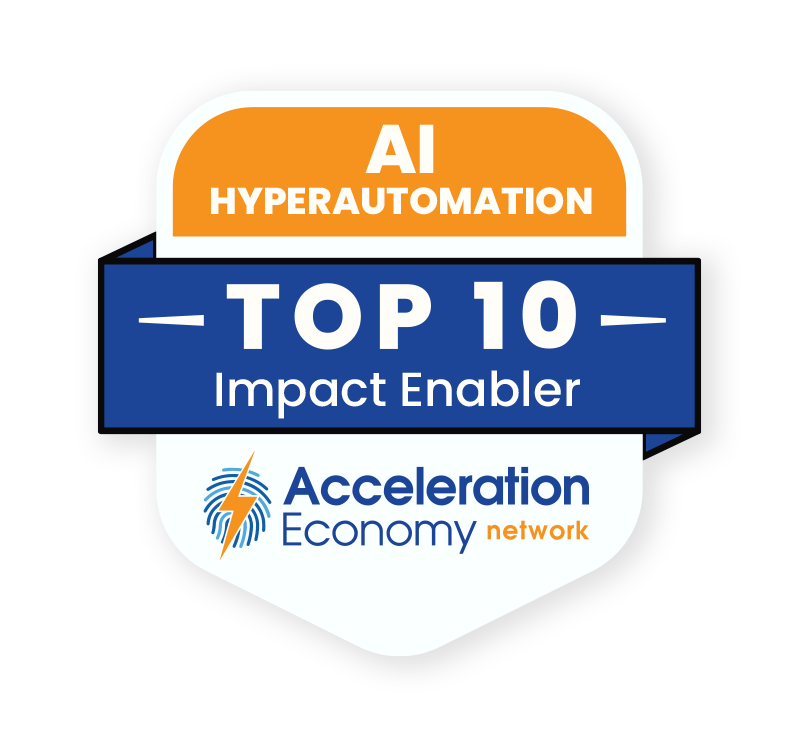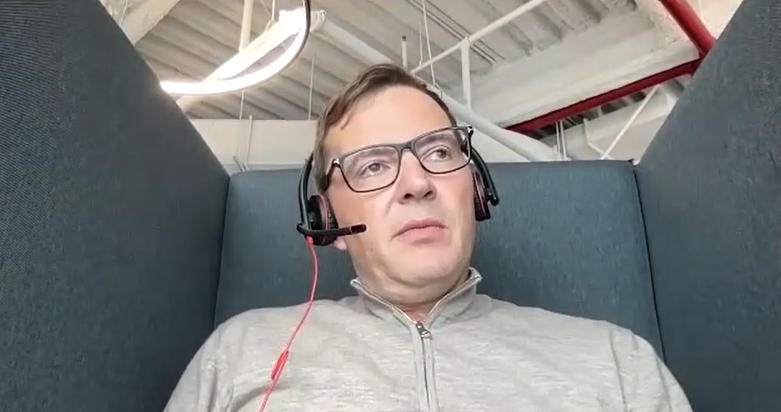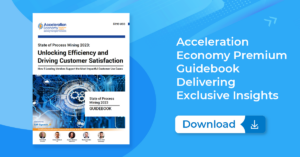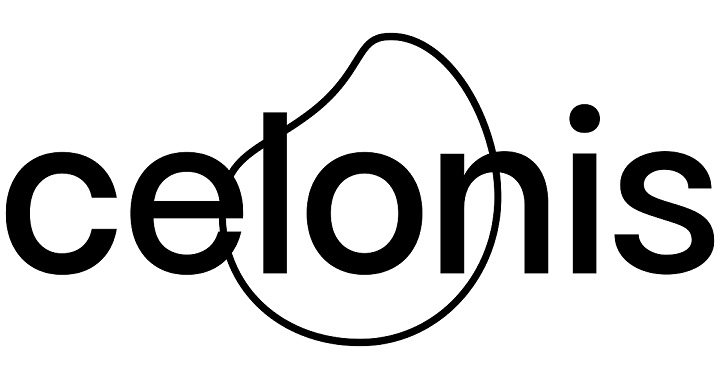Carsten Thoma brings a unique history to his new role as president of Celonis: Instead of being recruited from another tech firm, he’s the company’s first external investor and has been a long-time advisor to the company’s top execs, giving him a unique vantage point into the company, its technology, and its customers.
In a discussion this week, Thoma recalled his initial exposure to Celonis that prompted his personal investment in the company: He was serving as a Global President at SAP after selling his e-commerce startup, Hybris, to the ERP giant in 2013. The Celonis founding team (Alex Rinke, Bastian Nominacher, and Martin Klenk) won him over quickly because he had personally experienced the downsides of process breakdowns in a large company and he saw quickly how Celonis technology could fix such problems.

Which companies are the most important vendors in AI and hyperautomation? Check out the Acceleration Economy AI/Hyperautomation Top 10 Shortlist.
“15 minutes into our meeting, I decided I’d invest as much as I can if they’d let me,” Thoma recalls. “They did so many things right, and different. They were bootstrapped, profitable, focused on the customer. That was very different” than typical tech entrepreneurs.
Upon investing, Thoma became an active advisor and, as he put it, engaged regularly with Celonis leadership on strategy, product vision, and key people decisions for what he calls the “category creator.”

In announcing his appointment, Celonis said Thoma’s core areas of focus will be: corporate strategy and development, marketing, platform ecosystem, culture, as well as Celonis Labs with a focus on innovation.
I connected with Thoma from the company’s New York office (he’s based in Europe) and we discussed a range of issues that are highlighted below.
Market Growth Opportunities
Despite the momentum — and growth taking place — within the process mining market, it’s still “not a super established market.” A key advantage for Celonis in this market and this economic climate is the “intrinsic value” of process mining.
“To help make the world’s processes run better is a massive opportunity. It’s so obvious in terms of value and what companies need…you almost need to pursue it,” he says. “That was a big pull for being part of this company: If we can improve one process at a time, that has a huge impact in the long run.”
Generative AI and the Process Mining Ecosystem
Celonis executives have emphasized in recent months the value, and importance, of the company’s partner and ISV ecosystem in the company’s success. “The platform ecosystem or the platform nature of Celonis is something that [co-CEO] Alex [Rinke] and I were munching on for years,” Thoma says.
Process data is mined from a wide range of third-party systems, and it can be utilized by a range of other systems. Generative AI is a prominent example of the latter category. Process mining can provide enterprise context — a “common business language” — that is currently lacking in the more generic large language models (LLMs) of generative AI.
The ecosystem opportunity is to use data from observing and visualizing enterprise processes, then provide a 360-degree view that enables automation and process optimization. That level of observability is enabled by the company’s new object-centric process mining technology, which provides holistic, rather than case-centric, process views.
“You need an ecosystem that takes this incredible asset and takes it further down the path of workflows or automation or humans in the loop,” he says. “That’s also a massive opportunity of reshaping the whole ecosystem of automation.”
Competitive Differentiators
Larger firms including SAP, ServiceNow, and others increasingly promote process mining technology but, in their cases, they do so as part of a larger software portfolio. Thoma said his firm’s advantage is its work with the full spectrum of business applications that customers have in use, rather than focusing on a single vendor’s software stack or a small number of applications.
“There’s hardly any process that only happens within one system,” he says, arguing those competitors don’t offer “the same type of visibility and cohesion that you can create if you can observe a process across all systems and all processes across an enterprise.”
Using the example of SAP Signavio, he positioned their technology as “very S/4HANA transformation centric” and ServiceNow’s as focused in the IT service management domain. “There’s a strong case to be made that process intelligence as a domain will be a horizontal layer across an enterprise and not a tactical pocket within the architecture,” Thoma says.
The breadth of systems with which Celonis integrates is a major differentiator, as are the top-brand customers that use the platform today, Thoma says.
Customer Buying Behavior and Outlook
In today’s challenging macroeconomic climate, process mining increases visibility and gives insights to improve productivity and efficiency. It also enables companies to develop digital twins to determine ways to optimize processes in the future.
With strong focus and results in these areas, Celonis should “get additional tailwind” from a customer investment perspective, he says. “Improving the top and bottom line based on your existing resources is always attractive and I think that will never change.”











